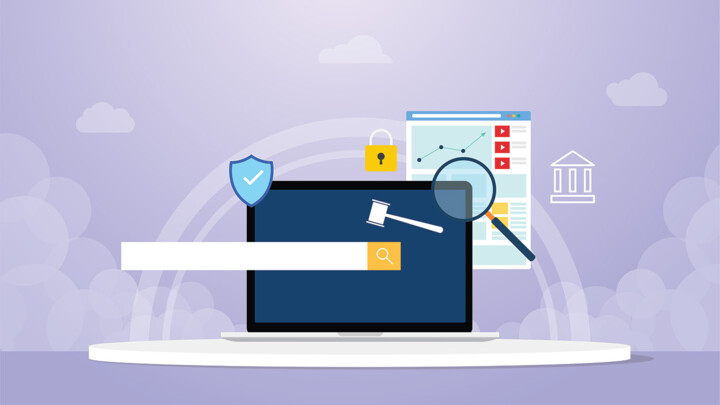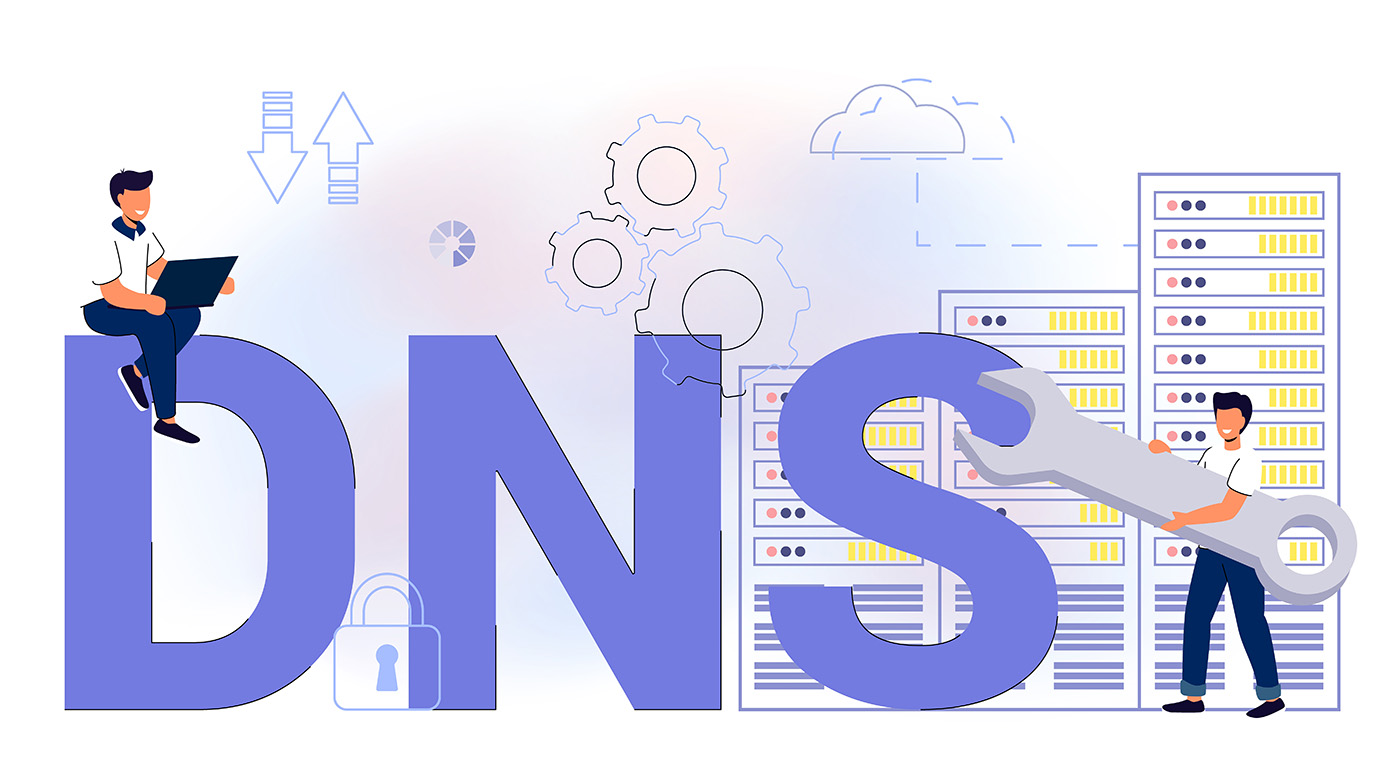Fulfilling the Potential of the Domain Name System
The DNS has advanced technologically well beyond its original structure. Lars Steffen from eco looks at how to bridge current gaps in DNS usage.

© ribkhan | istockphoto.com
The Domain Name System, abbreviated as DNS, is one of the underlying basic structures of the Internet that users usually don´t notice. It simply just works and that is a good thing. The DNS translates human readable domain names like “www.eco.de” into machine processable IP addresses like 46.31.121.137 to provide access to websites and online services. What’s good to know is that the DNS is already working for decades in its current form and has proven multiple times to be stable and resilient. It is a perfect example of a system that has a hierarchical structure of name servers, which on the one hand serves as the “telephone book of the Internet,” but which on the other hand is designed to work in a highly decentralized network ecosystem called the Internet.
In its role as the global directory of all websites and online services, the DNS is one of the cornerstones to connect people around the globe. Often local distance is no longer a limiting factor. The last three years in particular have proven what the Internet was made for, how flexible and adaptive it can be, and what it is able to provide. But while both the Internet and the DNS were created decades ago, technology has since evolved. In the beginning, most software, systems, and applications were only able to process ASCII code (American Standard Code for Information Interchange). This means that, next to Latin script, many other scripts and characters and therefore many languages could not be used on the Internet. In other words: Latin script served as the lowest common denominator to communicate and interact on the Internet. On the one hand, it seems logical at first sight if you look at where the Internet was invented. On the other hand, the Internet has grown all over the world and most languages and scripts are not Latin-based.
Over recent years, much work has been done to remove this disadvantage. But there is still work to be done to make the Internet seamlessly multilingual. The Universal Acceptance Steering Group at ICANN for example is working since 2014 to get closer to this goal of an Internet that can be used by everyone in their native script and language. Read the Universal Acceptance Steering Group´s most recent article on the Social and Economic Benefits of Universal Acceptance. The good news about a seamless multilingual Internet is that it is no rocket science. The necessary standards have already been developed and are available. But adoption and implementation of them is slow and needs promotion and advocacy.
Another erroneous assumption of the early days of the Internet was that 4,294,967,296 unique IPv4 addresses for devices and services on the Internet would be sufficient. Today, however, there are far more items connected to the Internet. Engineers have been very creative in building workarounds and, since 2017, IPv6 has been offering 340 trillion trillion trillion IP addresses. Similar to Universal Acceptance, the adoption and active usage of IPv6 lags behind expectations. This leads to the situation that two address systems – IPv4 and IPv6 – run in parallel, with this leading to duplicate resources. The slow adoption of IPv6 has already led to the situation that the world is running out of free IPv4 addresses. Luckily, InterLIR is addressing this issue and describes how unused IPv4 addresses can be activated and made available and how these addresses can be used more efficiently,
The usual triad when people are talking about the DNS is its stability, resiliency, and security. The first of these two aspects have already been addressed above. The third aspect is one which has increasingly come into focus during the last years. Like every innovation and technology that is used more and more, the Internet and DNS are also exploited for criminal and fraudulent activities. In the very early days, the Internet was not designed to prevent abusive behavior. The number of users was too small. In the beginning, many of them knew each other and it was a circle of trust without technical security measures. With billions of users online today, this has changed dramatically. There seems to be no limitation to human creativity when it comes to constant invention of new types of fraud. Fortunately, CSC Global and DomainCrawler take a look at the potential security threats online business can face on the Internet and how to address them with appropriate preventive measures.
These are just three examples of how the Internet could be shaped in an even better manner for the next billion users that will go online in the near future. If every entity that runs a part of this great network of networks commits to updating or introducing the most recent standards available, we will have a far more inclusive, secure, and resilient Internet. This industry is constantly driven by innovation and the next “big thing,” which is probably the most alluring element that makes many of us love to work in the industry. But here and there, we should not lose sight of the basics and get some homework done. Because sustainable innovation can only be built on a solid foundation. Instead of longing for the next beta version, we as an industry should spend some time on a few major updates to prepare for the Internet of tomorrow.
Lars Steffen is Director International at eco – Association of the Internet Industry (international.eco.de), the largest Internet industry association in Europe. At eco, he coordinates all international activities of the association and takes care of the members from the domain name industry.





